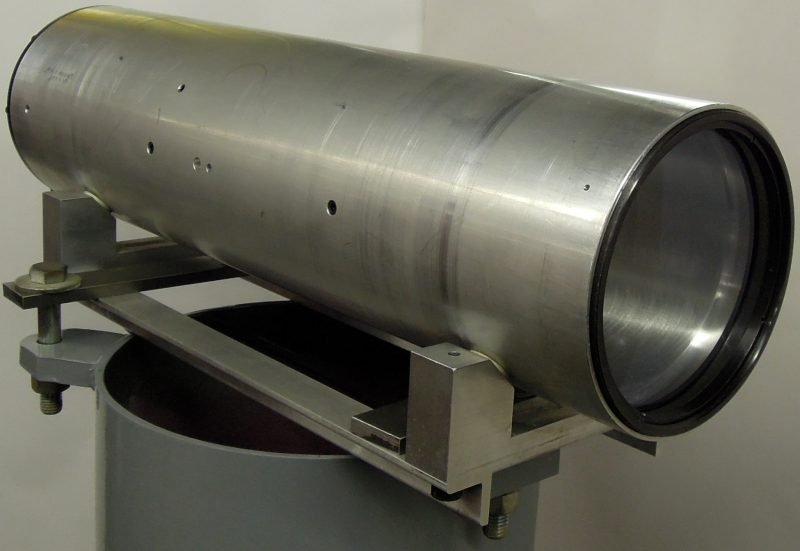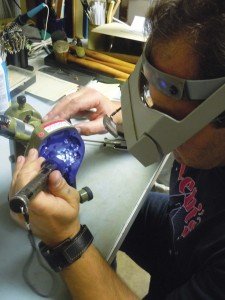Preparing Your Trees Long Before a Storm Arrives
/Caring for your trees is not something to think about only after a storm hits. Healthy, well-maintained trees are far more likely to withstand high winds, heavy rain, and unexpected weather events. The truth is that tree health is a year-round responsibility, and the time and attention you invest now directly impacts how stable and resilient your trees will be when the next major storm arrives.
Preventative care truly pays dividends. Much like maintaining a home or vehicle, trees thrive when they receive consistent, thoughtful care. This includes proper trimming, disease monitoring, pest prevention, deep root fertilization, and ensuring adequate water during dry spells. Proactive tree care strengthens root structures, improves canopy stability, and keeps branches from becoming brittle or overloaded, all factors that matter when severe weather rolls through.
One major component of long-term tree health is trimming. Regular pruning helps remove weak, dead, or diseased limbs before they have a chance to break off during a storm. A professional tree trimming service in Bucks County can identify branches that pose a risk, shape the tree for improved structural balance, and create a canopy that allows wind to pass through rather than push against dense foliage. Proper trimming isn’t just about aesthetics, it’s one of the most important steps in storm preparation.
Disease and pest prevention are equally important. Many common tree problems such as fungal infections, beetles, borers, and other invasive species compromise the strength of a tree from the inside out. Once weakened, even moderate storms can cause major damage. Working with an arborist in Perkasie area ensures your trees are inspected regularly and treated for issues before they intensify. Arborists are trained to diagnose early signs of stress, nutrient deficiencies, and environmental challenges that the average homeowner might overlook.
Deep root fertilization is another valuable tool for maintaining long-term tree vitality. This process delivers nutrients directly to the root zone, improving soil composition and encouraging strong, healthy growth. Combined with proper watering, especially during hot, dry summers, it keeps the tree vigorous enough to withstand drought conditions, which often weaken trees before storm season even begins.
Of course, even the healthiest tree can experience damage during an extreme storm. When a branch falls or a tree becomes partially uprooted, it’s important to take the right steps quickly. First, assess the area for safety. Downed power lines, unstable limbs, and leaning trees can be extremely dangerous. In those situations, do not attempt to handle the issue yourself. Professional help is the safest route.
This is where a qualified tree company in Central Bucks County becomes essential. These professionals have the equipment and expertise to stabilize damaged trees, remove hazardous limbs, and determine whether a tree can be saved or must be removed. If you find yourself searching online for storm damage tree removal near me, be sure to look for a team that has experience dealing specifically with emergency storm work. Proper cleanup is not only about removing debris, it’s about ensuring the remaining tree (if salvageable) is safe and structurally sound.
An arborist can also advise you on next steps after storm damage, including whether a tree needs corrective pruning, support systems, soil amendments, or monitoring over the coming months. Post-storm care is just as important as preventative care, because even trees that appear stable may have internal damage that needs evaluation.
Ultimately, preparing your trees for storms is about investing in their health long before the forecast turns gray. Strong, well-cared-for trees are safer, more beautiful, and far more likely to survive harsh weather with minimal issues. Preventative care truly is the ounce of prevention that protects your home, your property, and the trees you value.
Don’t wait too long to take action. Proper tree care is an ongoing process, and partnering with a trusted arborist ensures your trees get the attention they need year after year.




















